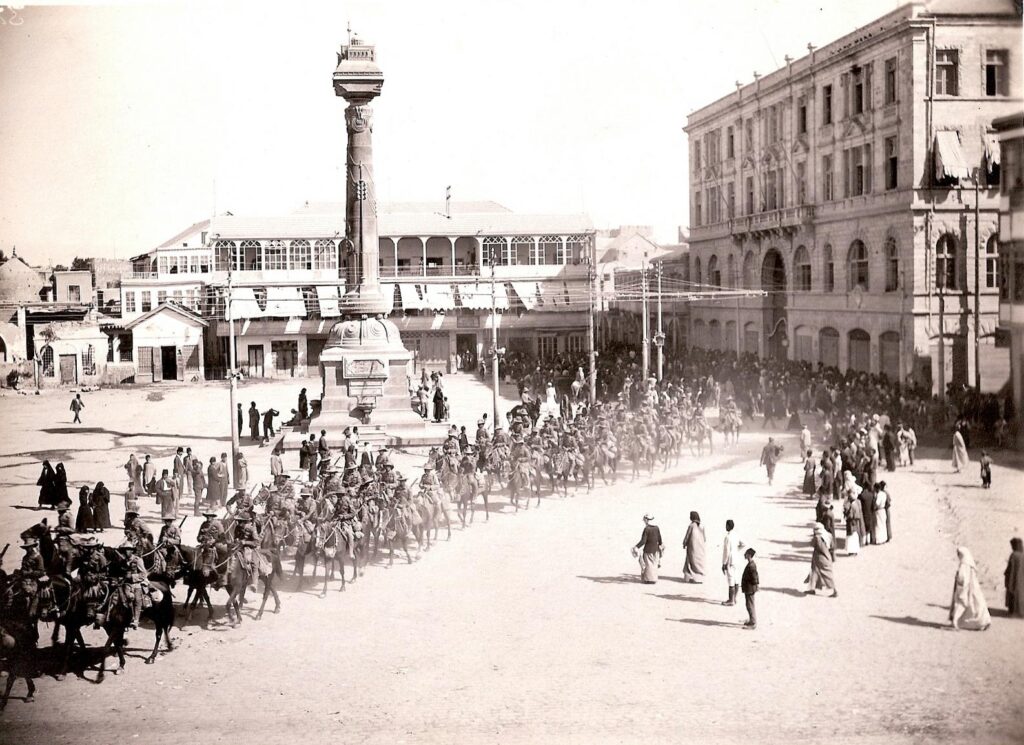Hayat Tahrir, al-Sham (HTS) led by Abu Mohammed el-Golani, has just taken Damascus. The officials of the Assad regime, and the administrative authorities are apparently in caretaker mode pending a transition of power. However, the capture of Damascus will be just the beginning to a massive change in the balance of power in the Middle East and perhaps the world.
The question most observers are now asking is: what if any form of stable central government might emerge from this lightning fast upending of the power dynamics in Syria? A possible lesson from history is that insurgent armies of diverse allegiance, religion and ideology are capable of capturing cities, but their ability to administrate them, ensuring supply of essential services and rule of law, less certain. It remains to be seen as to whether HTS can hold together the disparate elements that make up the forces that overthrew the Assad regime.
There are clear losers in the form of Russia and Iran at this stage, but it is not clear what major powers will move to fill the vacuum. Turkey has an obvious interest, but even there lies risk with the involvement of the US backed Kurdish groups in the East. Nature and geopolitics abhor a vacuum, and the fall of the Assad regime will generate a vacuum. Although HTS have apparently managed to transition from freedom fighters to administrators in Aleppo, there is no guarantee that the multitude of groups that make up Syria will accept this group as the legitimate government of Syria in the longer term.
The boundaries of Syria were set following the collapse of the Ottoman Empire, along with Jordan, Trans-Jordan, Lebanon and the British mandate of Palestine. The lines on the map drawn Mark Sykes and Georges Picot in a secret agreement in 1916, known as the Picot-Sykes Agreement, in anticipation of victory over the Turkish Ottoman Empire. It did not remain secret for long with Russia publicly releasing the documents to the protagonists and participants alike, laying bare British and French ambitions for the region.
Like many European borders drawn before and after the First World War, lines on maps did not match the population already present. The agreement initially saw the formation of one or more Arab states, conditional on Arab forces capturing Damascus, Homas, Hama and Aleppo.
A glimpse into the possible future, may be provided by revisiting the past. On 1 October 1918, Damascus was occupied by Sharifian militias, followed by Bedouin, Druze and the city descended into anarchy. Amongst those vying for influence and future control were wealthy Christians, the Hashemites, who would later form the Kingdom of Jordan with British support, and Prince Faisal, who would go on to become Faisal I, King of Iraq until his death in 1933. To further add to the cast was the Hejazi Arab Army of the South led by T E Lawrence (Lawrence of Arabia).
Today, at least initially, there appears to be a retention of the instruments of state with public statements by state media of the need for calm and indicating a transition of power. In 1918, there was no continuity in the business of government. Anarchy descended upon the city. Prisoners were released from prisons, there was a period of looting, and Turkish soldiers remaining in the city were massacred. Unlike the current situation, the fall of Damascus was part of a British campaign through Palestine. Peace came to Damascus when General Harry Chauvel and his Desert Mounted Corps entered the city.
Currently, in addition to the withdrawal of Iranian and Russian forces, China is also calling for Chinese nationals to leave immediately. The role of China in Syria is unclear beyond an interest in oil, but as late as September 2023, The New Arab was reporting on Assad in an extended visit to China hosted by Xi Jinping. The question is, which major power will be able to engage and offer support to any transition government?
What else is different from the 1918 fall of Damascus is the existence of the nuclear state of Israel with arguably the most capable military in the region—and perhaps among the most capable in the world. It is an Israel that is both increasingly assertive and likely nervous as to the nature of a future state or states on her northern border of the Golan Heights. The US, perhaps with Israeli intelligence, assassinated Qasem Soleimani of the Islamic Revolutionary Guards corps Quds Force, who had been in charge of Assad’s security. Now with Iranian forces evacuating from Syria, the ability for a national security program across the disparate groups might be unlikely. The absence of a common enemy in the form of the Assad regime, is likely to make any national, coherent program difficult, if not impossible.
The initial signs of an orderly transition of power are positive. But the likelihood is that the disparate forces that banded together to overthrow the Assad regime will struggle to maintain a coherent purpose without the intervention and support of a major power. There is no Allenby British Army on the outskirts of Damascus ready to move in and restore order.
What there is, in the absence of brutal totalitarianism (which may yet emerge), is a lack of coherent purpose. The lines that were drawn on the map a century ago by Sykes and Picot have little meaning for the northern Sunni, the eastern Shia, the Druze to the south or the Alawite on the Mediterranean coast. There simply is no great purpose in a nation called Syria within borders drawn by European diplomats at the fall of the Ottoman Empire. There may yet be a nation called Kurdistan somewhere in the Levant. It is not the fall of Damascus that we should focus on—it is what will happen next, and what Turkey and Israel will do with the troublesome lands between their borders.

